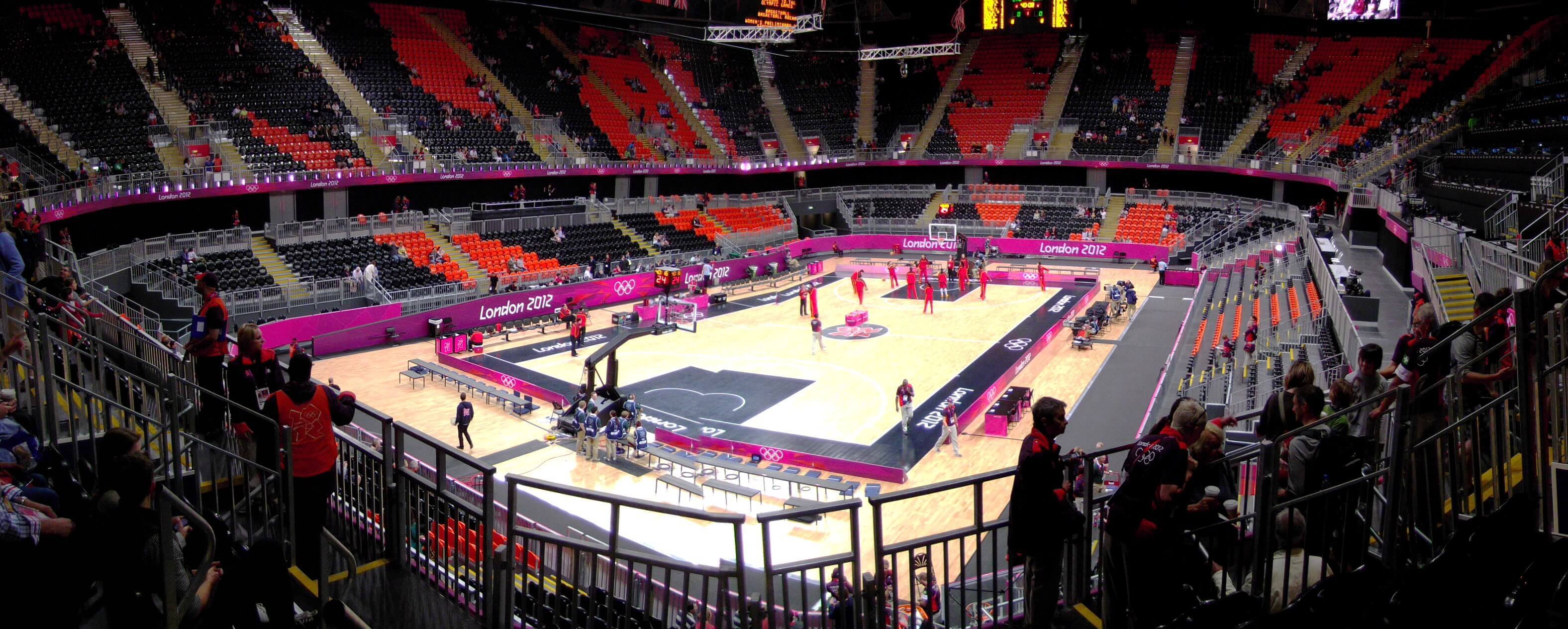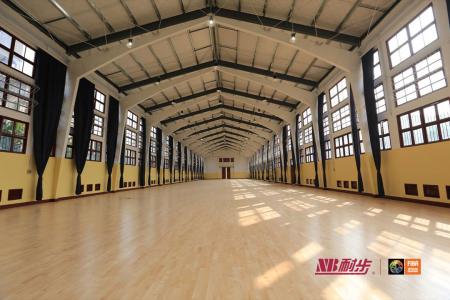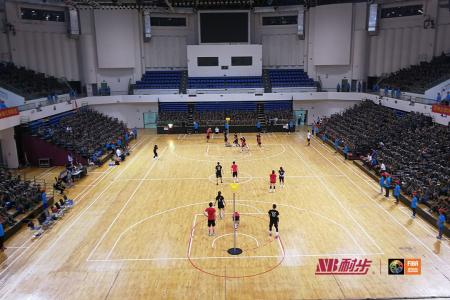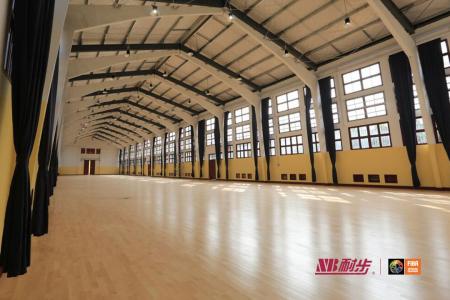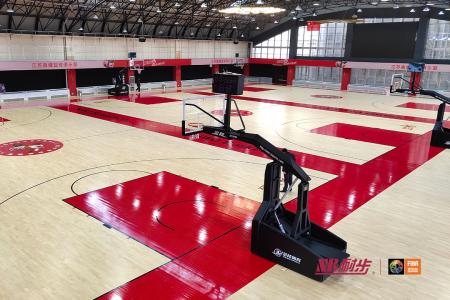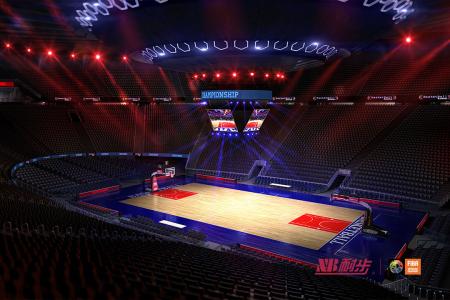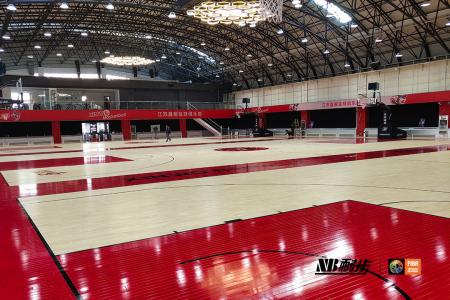Badminton court selection: Comparison between wooden floors and ordinary floors

In When choosing badminton hall flooring, wooden floors and ordinary floors are two common choices. They have different characteristics in terms of materials, usage experience, maintenance, etc., which also have a certain impact on the experience and effect of badminton. The following will explain in detail the differences between wooden floors and ordinary floors in badminton halls to help you better choose the suitable venue floor.
Wooden flooring is one of the common choices for badminton halls. The surface of the wooden floor is smooth and flat, the overall texture is hard, and the elasticity is good. The ball bounces on the wooden floor at a moderate speed, which is helpful for athletes to master strength and skills. Wood floors are usually made of specially treated hardwood, which has good wear resistance and stability and has a long service life. In addition, wooden floors also have good shock-absorbing properties, which can effectively reduce the pressure on athletes' legs during exercise and help reduce sports injuries. However, wooden floors are prone to moisture and deformation in humid environments and require regular maintenance, otherwise their service life and experience will be affected. Therefore, when choosing wooden floors, you need to consider factors such as the environmental humidity of the venue and do a good job of moisture-proofing.
Ordinary flooring is a more common choice. Ordinary floors can be made of PVC floors, plastic floors, composite floors and other materials. The surface usually has a certain anti-slip design and is suitable for various indoor sports venues. Ordinary floors are soft in texture and comfortable to the feet. They can effectively reduce the impact on athletes' joints and are suitable for long-term exercise. The installation and maintenance of ordinary floors are relatively simple, and the price is relatively affordable. However, ordinary floors are more elastic and the ball bounces relatively quickly. Athletes need a certain adaptation period to master their strength and skills. In addition, ordinary floors generally have poor wear resistance and stability, and have a relatively short service life. They need to be replaced and maintained regularly, otherwise it will easily affect the results of competitions and training.
In summary, the floor selection for badminton halls should be comprehensively considered based on the specific venue conditions and personal needs. Wooden flooring is suitable for venues that require high elasticity and wear resistance, but you need to pay attention to moisture-proofing; ordinary floors are suitable for long-term training and competition, easy to install and maintain, but you need to pay attention to the shortcomings of poor wear resistance and stability. I hope the above information can help you better choose a suitable badminton hall floor and improve your sports experience and effect.

